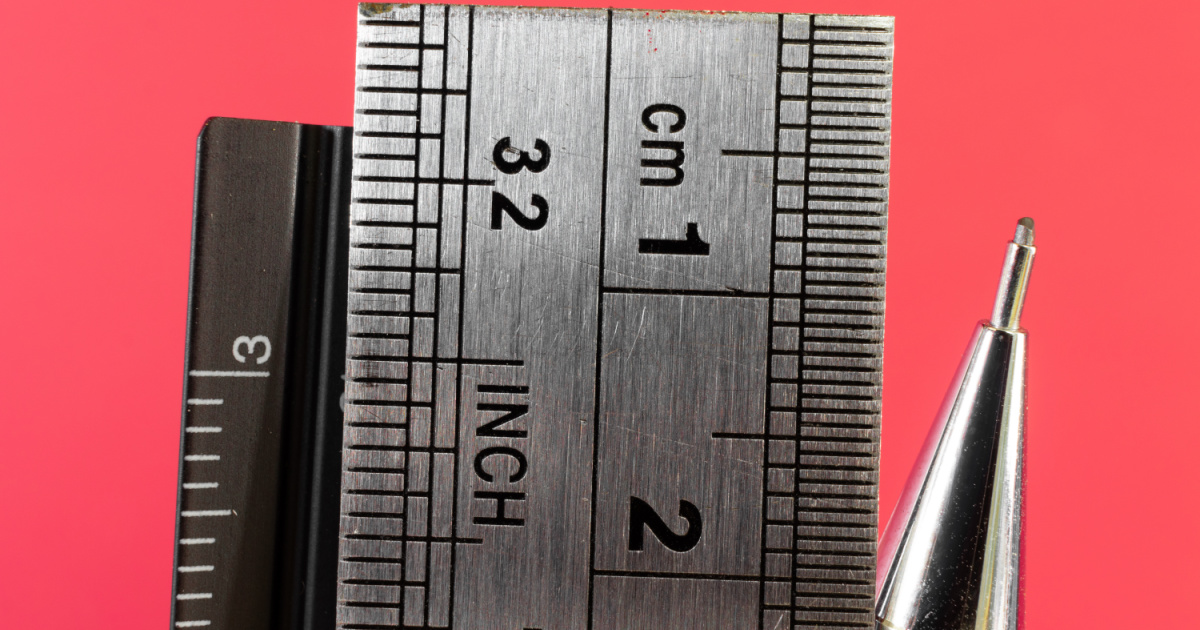Here’s How Neon Lights Work
We might have moved on from our collective obsession with neon lights here in America (though if you have kids, I assure you they have not gotten over it), but they do still have a place and a purpose.
If you’ve always wondered how they worked, though, we’ve got you covered.
French engineer Georges Claude is the first person to incorporate neon gas into signs back in 1912. He and his assistant Jacques Fonseque sold the first neon sign to a Parisian barbershop and the rest, as they say, is history.
Neon gas lacks color or smell on its own, but when you confine it in a tube with electricity, it comes alive.
As electricity flows through the glass tube, the gas’s electrons speed up and break free of their orbits, flinging positively charged ions all over the place.
The free electrons fly around and bump into more atoms, ionizing them as well. All of the excess energy is carried away by photons, which are particles of light, which causes the trademark glow.
It glows red, but appears differently depending on the shape and tint of the glass that traps it.
Argon, helium, and xenon are a few other gases that glow, and are used regularly – though “neon lights” just has a ring to it, don’t you think?
Neon lights can last for 30 to 40 years, though perhaps 10 and 15 is more of an average lifespan.
So, now you know.
It turns out you don’t even technically need neon.
If you thought that was interesting, you might like to read about a second giant hole has opened up on the sun’s surface. Here’s what it means.
Categories: HISTORY, NATURE/SPACE
Tags: · argon gas, electricity, helium gas, neon gas, neon lights, picture, science, single topic, top, xenon gas



